SaaS companies operate in a unique space. Unlike physical products or service-based businesses, the brand and software is the product, the storefront, and the experience. Everything the customer sees, touches, and interacts with happens digitally. Which means SaaS branding and design are at the core of the business.
Without strong branding and thoughtful design, even the most powerful SaaS product risks blending into a crowded market or being overlooked entirely. Branding and design are essential to building loyalty, trust, improving usability, and driving long-term growth.
SaaS branding and design: the foundation for growth
For SaaS companies, trust is a deciding factor. Customers are not just buying a bar of chocolate at the supermarket, instead they are committing to integrating a tool into their workflow, their teams, and sometimes their entire organisation. That trust starts long before they experience the actual software’s features.
A 2022 Adobe study found that 73% of consumers consider “good design” a key factor in trusting a company online. For SaaS, that trust is even more critical. A poorly designed interface or inconsistent branding creates doubts about reliability, stability, and professionalism.
SaaS branding and design work together to send clear, confident signals about the company’s credibility. Good design reduces uncertainty. A strong brand reinforces that the company is established, thoughtful, and invested in creating a product that lasts. Without that foundation, potential customers hesitate, and hesitation as we know, impacts conversion rates.
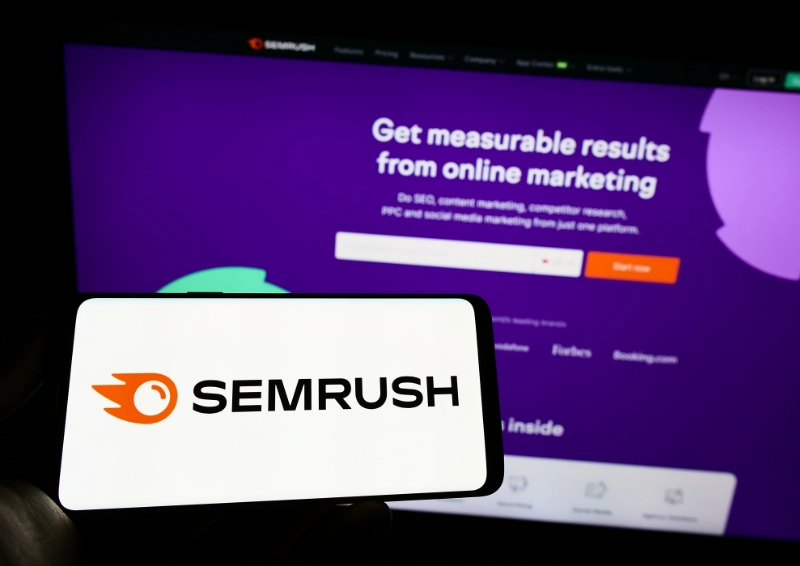
Branding must be consistent across every interaction
Many SaaS companies still treat branding as something external, an add-on rather than a core priority. But as mentioned earlier, in SaaS, the the brand is at the core of the business. Every touchpoint, from marketing to user interface to customer communications, shapes how the brand is perceived.
Look at Semrush as an example: their bold, energetic branding, bright orange palette, sharp typography, confident visuals, immediately signals authority in the digital marketing space. Their design is consistent across their website, product dashboards, content hubs, and even small interactions like email templates. Every element reinforces their positioning as a premium, professional, trusted tool.
When a SaaS company posts on LinkedIn and the post feels generic, rushed, or AI-generated, it sends an unintended message: if the brand isn’t investing care and attention into its public presence, will it invest care into its product? Customers start drawing conclusions before they even try the software. Trust is eroded, even if the product technically solves their needs.
The same principle applies to direct communication. If a client receives a hastily written quote or a poorly formatted proposal, it signals a lack of attention and professionalism. Clients don’t feel valued. They don’t feel prioritised. And often, they’ll look elsewhere, because no one wants to trust their business to a company that appears careless.
A fragmented brand experience undermines confidence. A cohesive SaaS branding and design strategy builds confidence. It creates an experience customers want to enter, and stay in. Consistency as a trust signal that drives loyalty.
Tone of voice is part of the product experience
Tone of voice doesn’t stop at marketing copy or social media captions. In SaaS, it carries through the product itself, embedded in microcopy, error messages, tooltips, and onboarding screens. Every word a user reads inside the product contributes to how they perceive the brand’s personality. A friendly, approachable tone can make technical tools feel less intimidating. A clear, direct tone can reduce confusion. But inconsistencies, like formal support articles paired with casual product copy, create dissonance that undermines trust.
The same principle applies to documentation and help centres: these are also often overlooked and thought about as just functional assets. But they are actually important extensions of your brand’s voice. If help content feels robotic or poorly written, it makes the product feel less human and less trustworthy. The language needs to be consistent, thoughtful, and reflective of the brand’s values at every stage of the user journey.
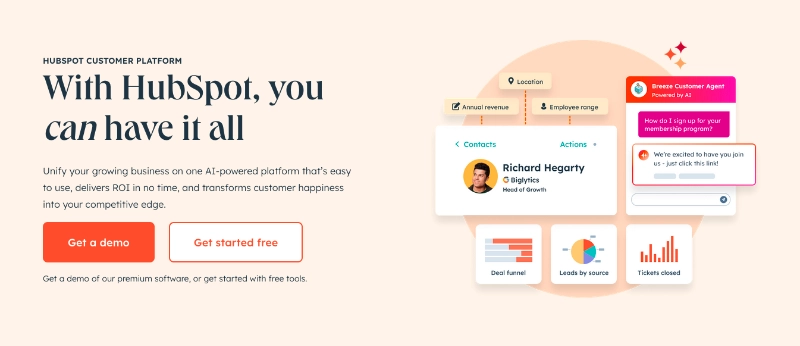
Better design drives better conversions
Design directly influences revenue. According to Forrester, a well-designed user interface can increase a website’s conversion rate by up to 200%. Improving user experience (UX) can push that improvement to 400%.
These aren’t minor lifts nor are they trivial. Every interaction in a SaaS product (signup forms, onboarding flows, dashboards, tooltips ) affects how quickly customers/users achieve their goals and feel comfortable in the platform.
SaaS branding and design reduce friction and makes the product intuitive, accessible, and enjoyable to use. Every additional click, unclear button, or awkward workflow introduces frustration, which can lead to churn and as a result to loosing your customer.
HubSpot is a another good example of a SaaS company that understands this connection. Their branding and design are carried seamlessly from their marketing site into their product. The interface is clean, approachable, and consistently reinforces their positioning as a user-friendly, all-in-one platform. Every button, colour choice, and interaction feels intentional, making even complex tools feel manageable. This cohesive design builds trust, lowers the learning curve, and encourages adoption.
When SaaS companies invest in design early, they improve the product’s look, but more importantly they improve how easily customers adopt it, how quickly they see value, and how strongly they commit to staying.
Branding differentiates in a crowded SaaS market
The SaaS space is saturated. No matter how specialised the niche, competitors are offering similar features, sometimes at lower prices. What sets a company apart isn’t usually functionality, it’s branding.
Features are replicable. Pricing can be undercut. But a distinct, well-executed SaaS branding and design strategy builds emotional differentiation that’s hard to copy.
Slack’s growth is a clear example. It didn’t succeed solely because of unique features. It succeeded because the product felt approachable, human, and intuitive. Its branding, playful, informal, vibrant, was woven into every interaction, from the homepage to the product’s microcopy. That feeling created loyalty beyond features. When Salesforce acquired Slack for $27.7 billion in 2021, they were buying more than software. They were buying a trusted, emotionally resonant brand that customers loved and felt connected to.
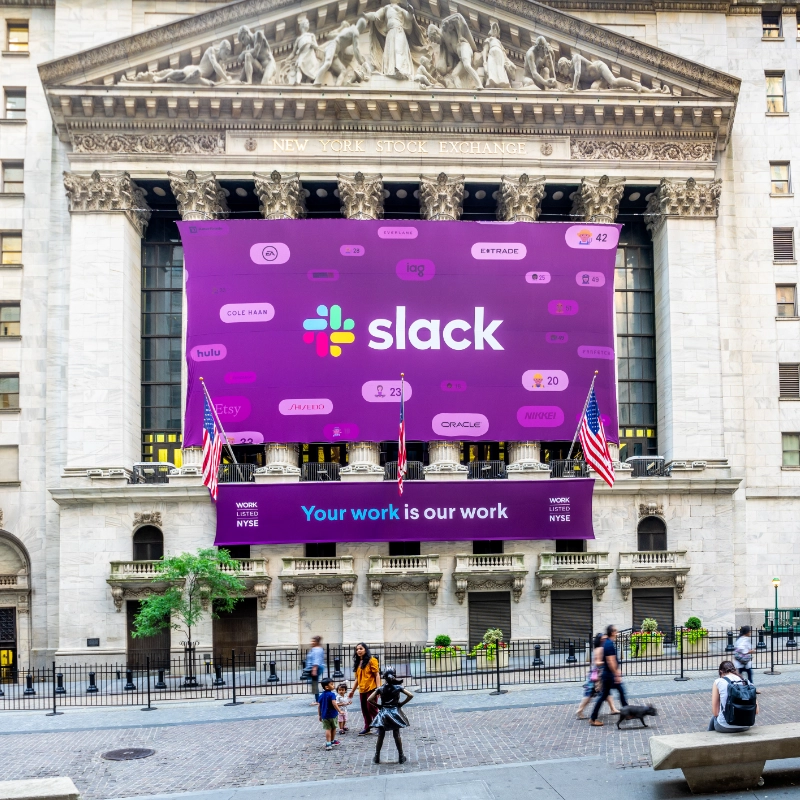
Without a clear brand, SaaS products risk becoming commodities. Branding creates meaning that extends beyond the software’s technical functions.
Good design reduces customers leaving
Acquisition is only half the battle. SaaS growth depends just as much on retention. Poor design erodes that retention quietly over time. Every confusing screen, inconsistent interface element, or unclear workflow increases frustration.
A 2019 Lucidpress report found that consistent brand presentation can increase revenue by up to 23%. Consistency across branding, design, and user experience reinforces trust and familiarity. Users who feel comfortable inside a product stay longer, adopt more features, and are more likely to recommend the tool to others.
SaaS branding and design are critical in reducing churn. They create a cohesive, predictable experience that lowers the cognitive load for users and keeps them engaged.
Brand perception also influences hiring and partnerships
Lets not forget that a SaaS company’s brand doesn’t only consist of their customers, it also shapes how potential employees, investors, and partners view the business. A well-defined, credible, and distinctive brand attracts talent who want to align with a clear mission and culture. If a company’s branding feels outdated, inconsistent, or generic, it signals a lack of direction or ambition, not only to customers but to the wider ecosystem. The same holds true for partnerships.
Partners are more likely to collaborate with a SaaS brand that presents itself professionally and cohesively across channels. A strong brand identity becomes an asset in negotiations, funding rounds, and joint ventures. It signals stability, focus, and seriousness about growth, all qualities that attract valuable partnerships and high-calibre hires.
Branding and design drive sustainable growth
Startups often deprioritise branding and design in favour of sales, engineering, or product features. But SaaS branding and design aren’t overhead, they are one of the first investments that compound growth. Better branding increases perceived value and willingness to pay. Better design increases adoption, conversion, and retention. Stronger user experiences reduce churn and increase advocacy.
In a competitive market where customer acquisition costs continue rising, these gains have a direct impact on revenue and growth. The earlier a SaaS company invests in branding and design, the more deeply those principles can be embedded in the product, and the harder they become for competitors to replicate.
Typeform is a prime example of SaaS branding and design done right.
Typeform‘s clean, conversational interface transforms a simple form builder into an engaging, user-friendly experience. The visual identity, soft colours, rounded typography, minimal layouts, aligns perfectly with their mission to make data collection feel human and approachable. Every touchpoint, from product UI to help documentation, reflects the same clarity and tone. By weaving branding and design seamlessly into the product, Typeform has turned a functional tool into a memorable, trusted experience.
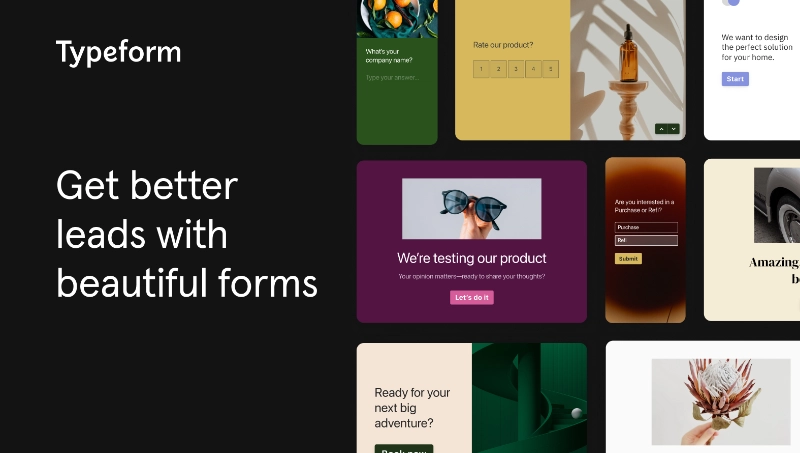
The core elements of SaaS branding and design
If you want a practical takeaway, here’s a direct, confident list summarising what SaaS companies need to cover:
- A distinctive branding / visual identity that extends beyond the product
- A clear, consistent tone of voice across marketing, product, documentation, and support
- A user-centric UI/UX that reduces friction and builds confidence at every step
- A seamless onboarding experience that reflects the brand’s promise and personality
- Polished internal assets like proposals, pitch decks, and pricing documents that reflect the same brand quality
- Branded community spaces that extend the identity into user groups, forums, and social channels
- A design system that maintains consistency as the product scales
- Alignment between marketing and product design so the external promise matches the in-app reality
Conclusion
For SaaS companies, branding and design are foundational to how a product is perceived, adopted, and retained. Every interaction, from the first marketing touchpoint to the hundredth click inside the product, shapes trust. Every inconsistency chips away at that trust.
A strong, cohesive SaaS branding and design strategy builds confidence, reduces friction, and creates loyalty that features alone can’t guarantee. It signals professionalism, competence, and care, not just to customers, but to partners, investors, and future employees.
SaaS companies that invest in branding and design early build a moat that’s far harder to replicate than technical features. They position themselves not just as a software solution, but as a trusted, valuable part of their customers’ ecosystem.
Is your SaaS company harnessing the full power of branding?
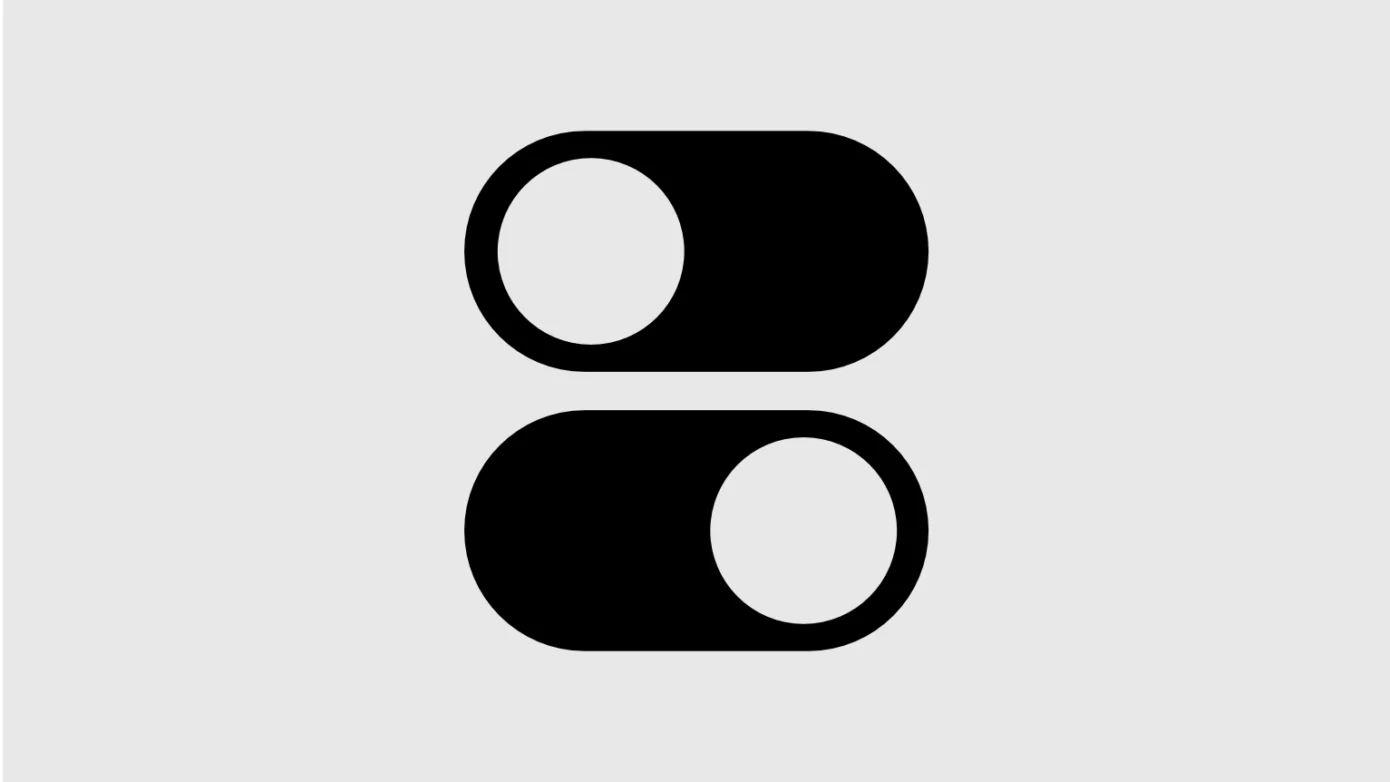
Leave a Reply